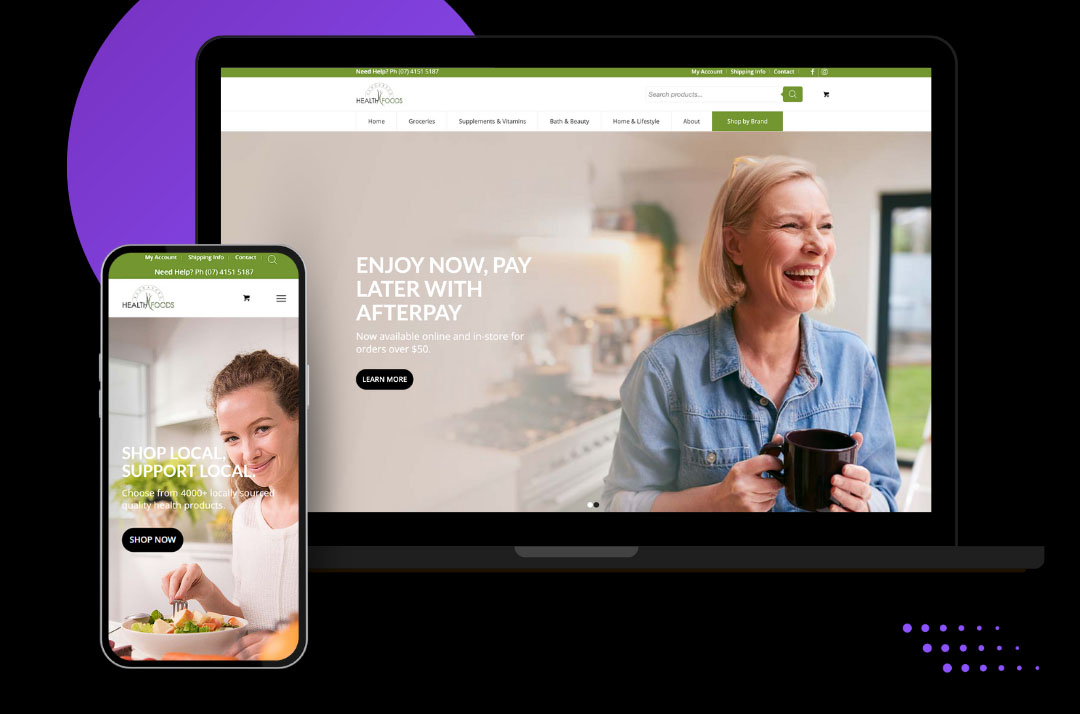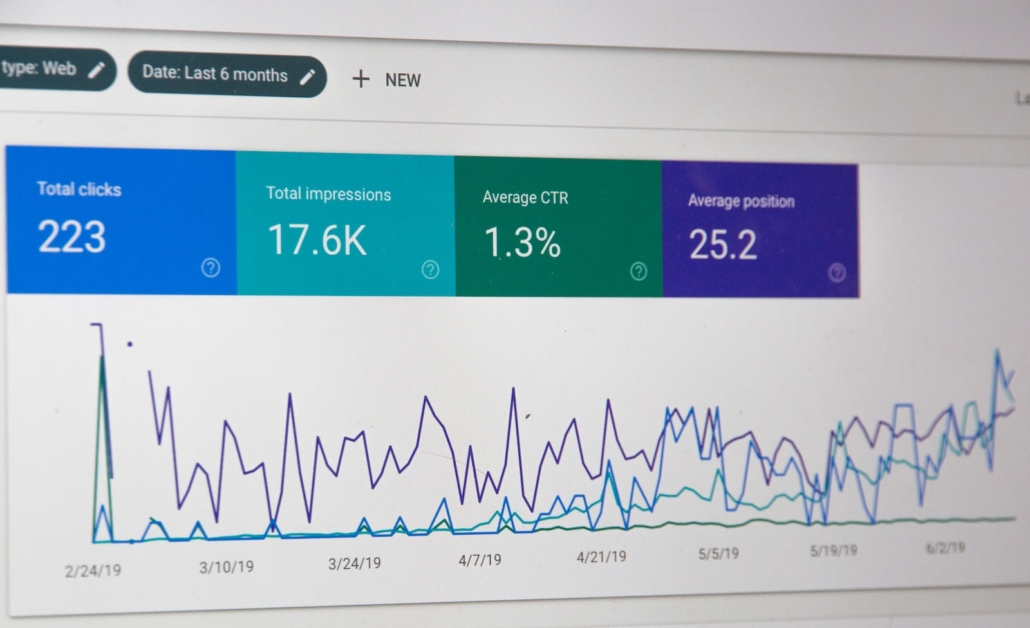Welcome to the Website Visibility Blueprint, where we uncover insider SEO tips to enhance your website’s visibility in the online world. In today’s competitive digital landscape, having a well-optimised website is crucial to attract organic traffic, reach your target audience, and outshine your competitors. In this comprehensive guide, we will delve deep into the world of SEO and reveal the strategies and techniques that can catapult your website to the top of search engine rankings. Get ready to unlock the secrets of website visibility and take your online presence to new heights.
The Power of Keyword Research
Are you struggling to improve your website visibility in search engines?
Do you find it challenging to attract organic traffic and reach your target audience?
The missing piece might just be effective keyword research!
Without proper keyword research, your website may be missing out on valuable opportunities to rank higher in search engine results. You might be unknowingly targeting keywords with low search volume or high competition, resulting in minimal visibility and limited organic traffic. It’s time to unlock the power of keyword research and take your website’s visibility to new heights.
By implementing strategic keyword research techniques, you can gain insights into the search terms and phrases your target audience is using. This knowledge allows you to align your website content with the keywords that have the highest potential to attract relevant organic traffic. The result? Increased visibility, improved search engine rankings, and a steady stream of qualified visitors to your website.
Remember, the right keywords can make all the difference in enhancing your website’s visibility and attracting the right visitors. Stay ahead of the competition and make your website a powerhouse in search engine rankings through the power of keyword research
On-Page Optimisation Secrets
Did you know that without proper on-page optimisation, your website may be missing out on valuable organic traffic and potential customers?
Don’t let your competitors steal the spotlight. It’s time to dive deep into the world of on-page optimisation and unleash the true potential of your website.
By implementing these insider on-page optimisation tips, you can supercharge your website’s visibility and attract more targeted visitors. Get ready to enhance your website’s performance, improve user experience, and send strong signals to search engines.
Meta Magic: Discover the power of meta tags and how they can make or break your website’s visibility in search engine results. Learn how to craft compelling meta titles and descriptions that grab attention and drive clicks.
Captivating Content: Uncover the secrets of creating high-quality, engaging content that not only satisfies your audience but also helps improve your website’s visibility in search engine rankings. From keyword placement to formatting tips.
Speed Matters: Website loading speed is crucial for both user experience and search engine rankings. Find out how to optimise your website’s speed and ensure lightning-fast performance that keeps visitors engaged and search engines impressed.
Image Optimisation Magic: Images play a vital role in enhancing user experience, but they can also impact your website’s visibility if not optimised correctly. Learn how to optimise images for faster loading times and better search engine rankings.
Internal Linking Mastery: Discover the art of internal linking and how it can improve the overall structure of your website, boost user engagement, and enhance search engine crawling. Unlock the secrets of strategic internal linking to maximise your website’s visibility.
Keep in mind that on-page optimisation is not a one-time task but an ongoing commitment to improving your website’s visibility and driving organic traffic. Embrace the mindset of continuous improvement and make it a priority to regularly review and optimize your on-page elements for maximum impact. Stay proactive, adaptable, and informed.

Images play a vital role in enhancing user experience on a website. However, if images are not optimised correctly, they can negatively impact a website’s visibility in search engine rankings. Optimising images for faster loading times and better search engine rankings is crucial to ensure that they contribute positively to the overall website performance and visibility.
Technical SEO Best Practices
Frustrated with slow-loading pages, broken links, and poor user experience on your website? Do you want to improve your search engine rankings and attract more organic traffic?
In today’s competitive online landscape, having a visually appealing and user-friendly website is not enough to succeed. You need to optimise your website’s technical aspects to ensure optimal performance and visibility.
Optimising your website’s technical aspects is essential for success in today’s competitive online world. Slow-loading pages, broken links, and poor user experience can hinder your progress.
To overcome these challenges, focus on site speed optimisation, prioritise mobile-friendliness, ensure website security with HTTPS encryption, maintain a user-friendly URL structure, and optimise internal linking. By implementing these technical SEO best practices, you’ll enhance performance, improve user experience, and increase your chances of ranking higher in search engine results.
Building Quality Backlinks
Struggling to improve your website visibility and climb the search engine rankings? Want to boost your website’s authority and credibility?
It’s frustrating to see your competitors outranking you in search results while you struggle to attract organic traffic. Without quality backlinks, your website may lack the authority and trustworthiness needed to stand out from the crowd.
Discover the secrets of building quality backlinks and take your off-page SEO to the next level.
First, identify relevant and authoritative websites within your industry or niche. These are the key players whose links can make a real impact on your website’s credibility.
Next, leverage guest posting opportunities, contribute to industry publications, and collaborate with influencers and thought leaders. By associating your website with trusted sources, you’ll establish your own authority and expand your audience.
But remember, it’s not just about quantity; quality matters too. Focus on acquiring backlinks from authoritative websites with high domain authority to boost your search engine rankings.
Diversify your backlink profile by targeting directories, forums, social media platforms, and online communities. This ensures your website’s relevance across various online platforms and strengthens its overall authority.
Lastly, create valuable, shareable content that naturally attracts backlinks. Invest in informative articles, engaging infographics, and compelling videos that others would want to link back to. The more valuable and unique your content, the higher the chances of attracting natural backlinks.
With these insider tips, you’ll unlock the power of off-page SEO and propel your website’s visibility to new heights.
Conclusion
Ultimately, mastering the art of SEO is crucial for improving your website’s visibility and attracting organic traffic. By utilising effective keyword research, implementing on-page optimisation techniques, optimising technical aspects, and building quality backlinks, you can propel your website to new heights.
Keyword research provides valuable insights into your target audience’s search habits, enabling you to optimise your content for maximum visibility and relevance. On-page optimisation techniques, including meta tags, engaging content, fast-loading pages, optimised images, and strategic internal linking, enhance user experience and boost search engine rankings.
Investing in technical SEO best practices, such as optimising site speed, ensuring mobile-friendliness, implementing HTTPS encryption, maintaining user-friendly URLs, and optimising internal linking, improves website performance and visibility.
Building quality backlinks from authoritative sources elevates your website’s credibility and authority. By engaging in guest posting, collaborating with industry influencers, and creating valuable content, you can attract natural backlinks and enhance your website’s visibility.
Ready to take your website’s visibility to the next level? Book a free call with our experts at Done Digital today. Let us guide you through the process and help you unlock the true potential of your website’s visibility.
Don’t let your website go unnoticed. Embrace these insider SEO tips and see remarkable results in your search engine rankings and organic traffic.


 Done Digital
Done Digital Done Digital
Done Digital



 Done Digital
Done Digital
 Done Digital
Done Digital

